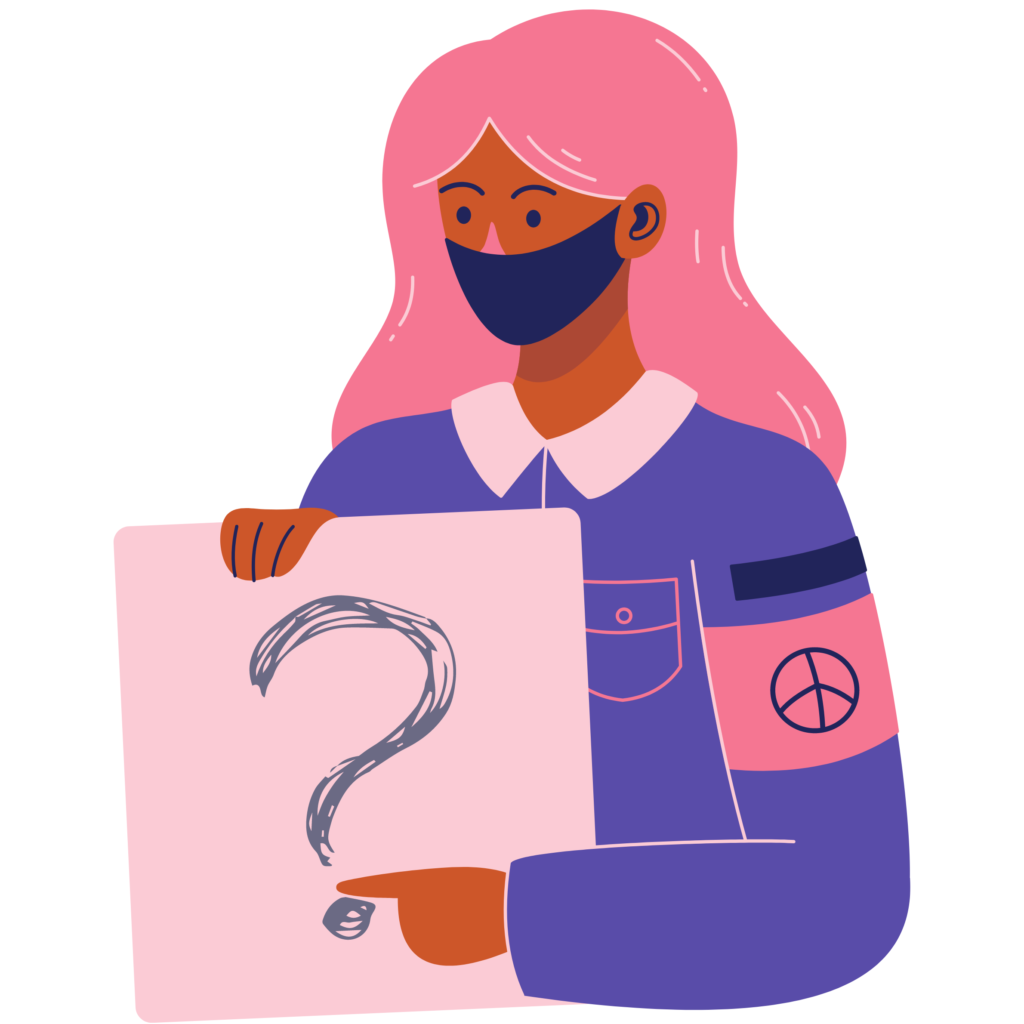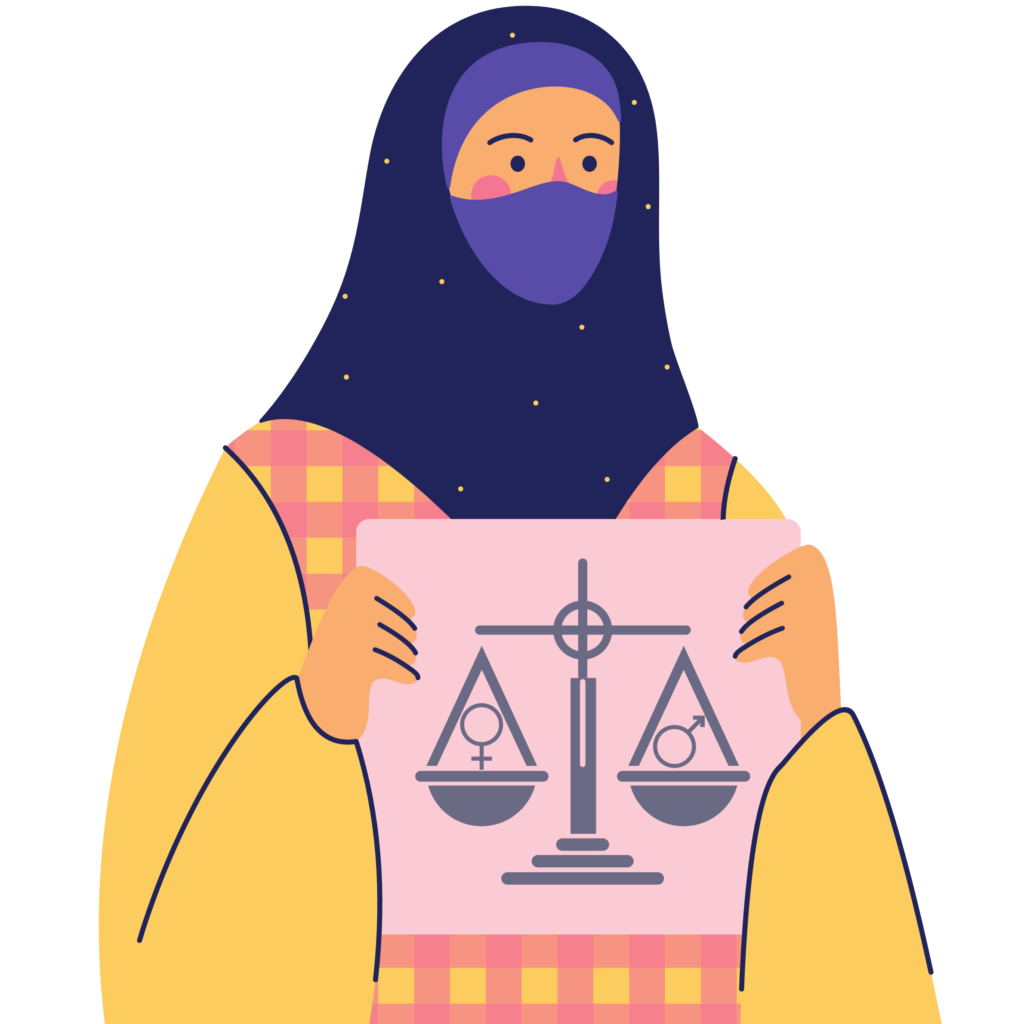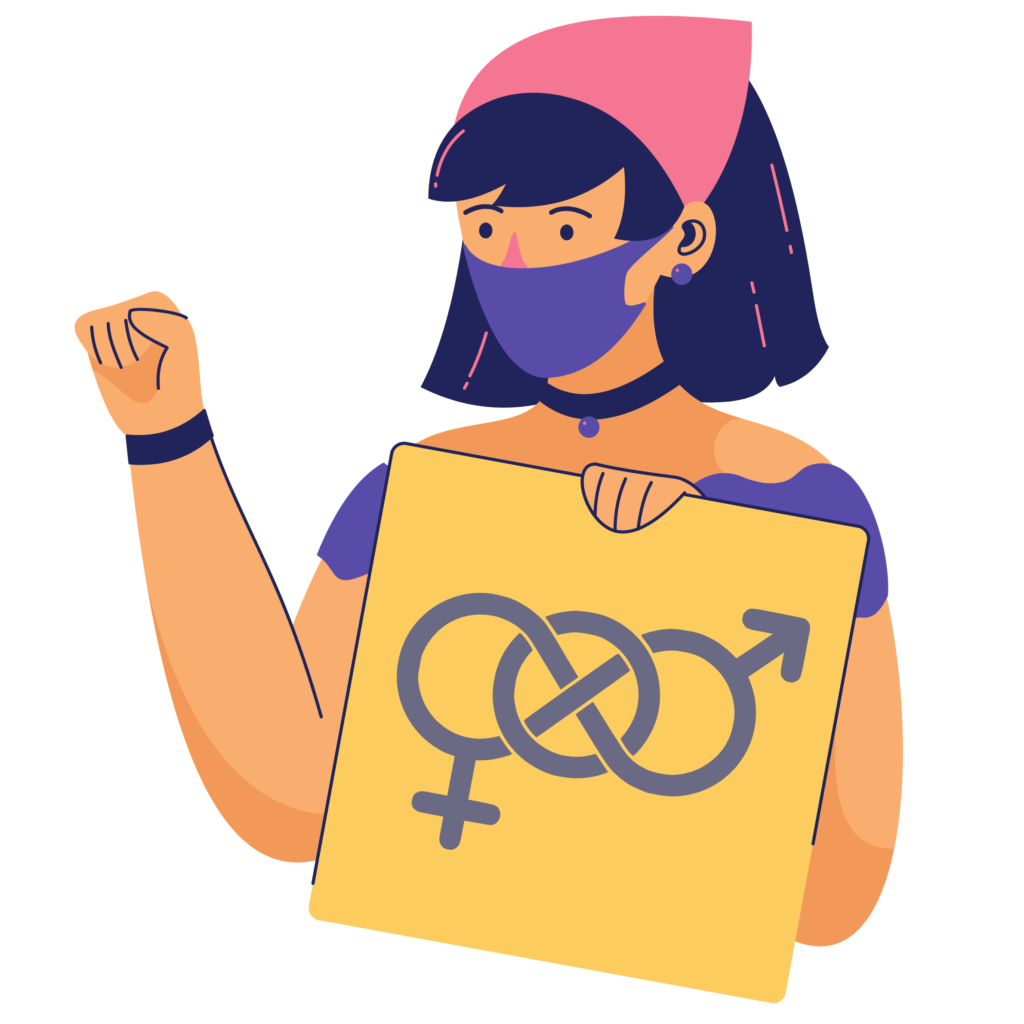Inclusive communication
Why use inclusive language?
In French-speaking countries, students are taught that, grammatically, “the masculine always prevails over the feminine”, which not only gives the idea that women have less value than men, but also makes them invisible.
Making the world fairer also involves our use of language.


Making your texts inclusive in a discreet way
Gender-neutral wording
If no gender is mentioned, while avoiding the generic masculine, everyone is represented. This can be done with the use of indirect expressions or epicene words.
For example: “le professorat”, “les élèves”, “les personnes concernées”.
Duplication
To make inclusion more visible and direct, I use double nouns and pronouns.
For example: “les étudiantes et étudiants”, “ils et elles”.
Making your texts inclusive as a political stance
Midpoint
The median point is a modern way of using inclusive language which aims to show clearly that there is a political will to make women and gender minorities visible.
For example: “Nous sommes tou·tes venu·es assister à…”.

There is no one-size-fits-all solution, we will find what suits you together
These visibility tools are complementary and not exclusive. For a text to be natural and idiomatic, it must present a combination of neutral formulations and duplications.
As for the political aspect of the midpoint, not all my clients are comfortable with its use, and not using it doesn’t mean not being inclusive.
In conclusion
And no matter the inclusive language that works the best for you:
Ensemble, nous pouvons changer les choses.
Nous pouvons tous et toutes changer les choses.
Nous pouvons tou·te·s changer les choses.
Nous pouvons tou·tes changer les choses.
They like working with me: